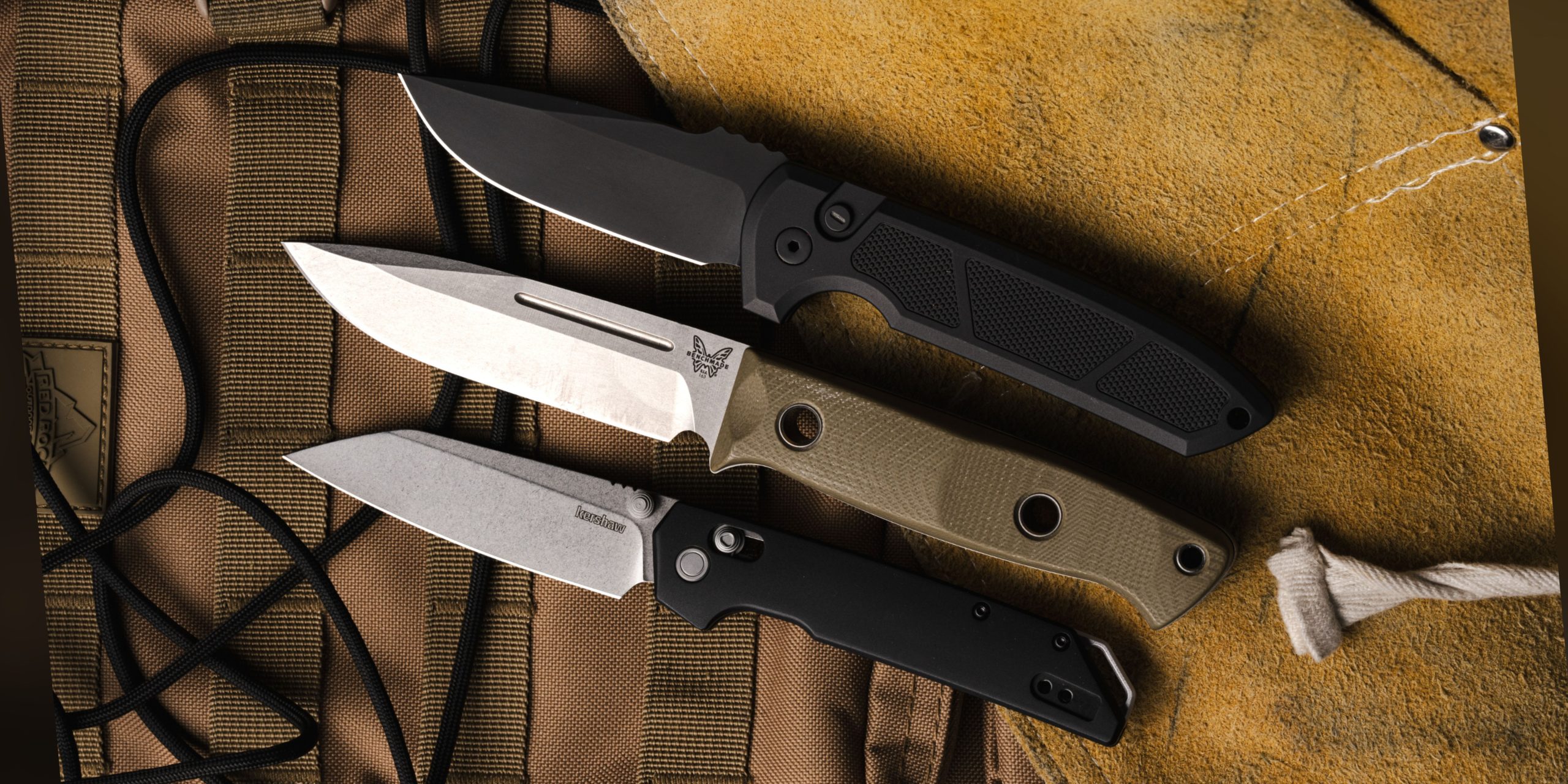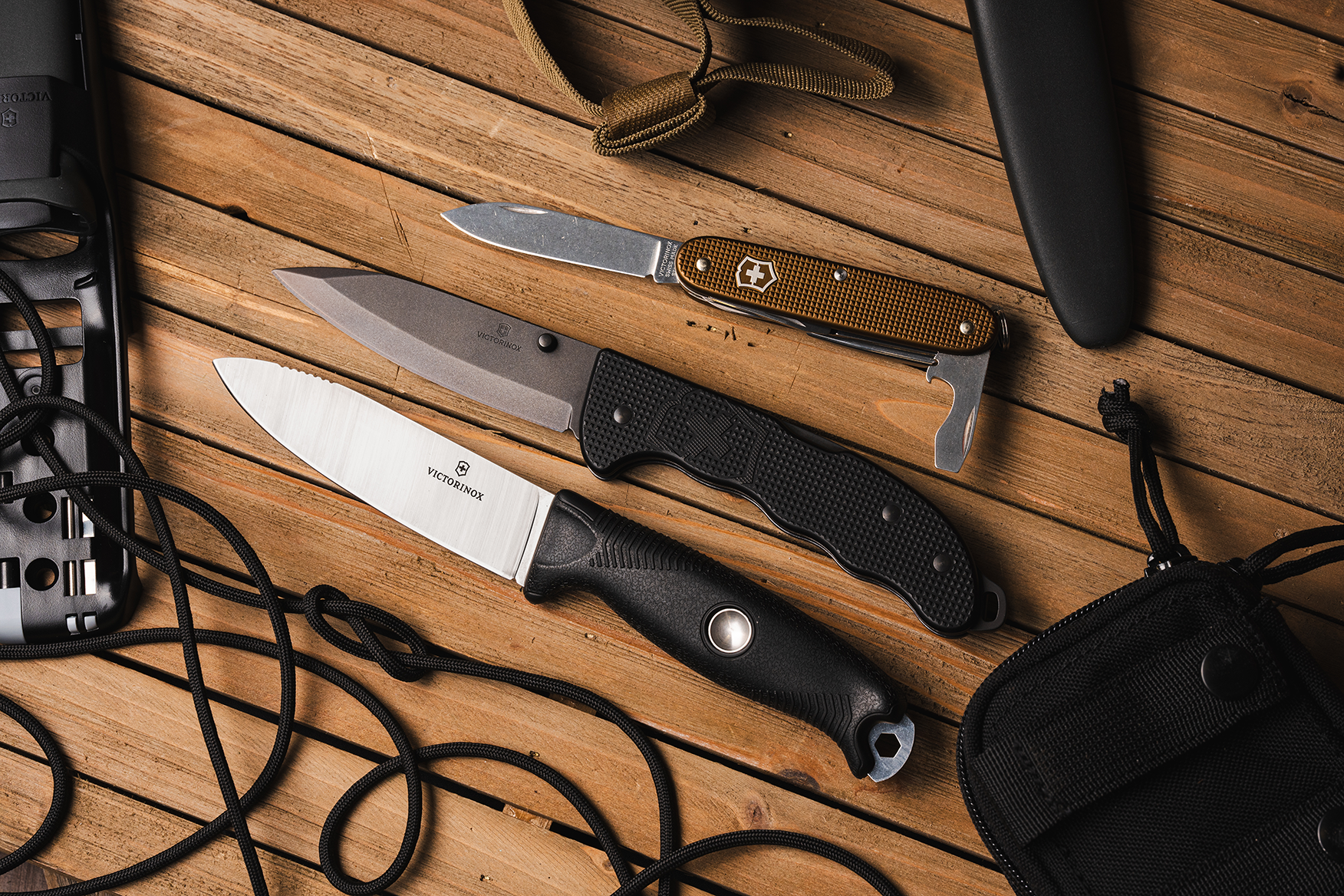It can be difficult to keep track of all the types of steel used in knives. This year there are a lot of new knives with steel types that many people are not familiar with. I recently ran across a couple of knife steel comparison charts for some of these steel types that I thought I would share with you.
Crucible Parts Metallurgy makes several very popular knife steels. S35VN is a new steel that was designed to improve on S30V, it offers a 15-20% improvement on toughness without sacrificing any wear resistance. It is also easier to machine and polish. Also, 110V (10V) and 125V offer huge amounts of wear resistance, if you can get an edge on them in the first place; they are incredibly difficult to machine.
For comparision’s sake remember that these values are only relative to one another.

Carpenter Steel makes knife steels that are gaining in popularity, especially in Spyderco models. Carpenter steels are named a little differently than other steels, but it is easy to get used to. CTS-40A is 440A, CTS-40C is 440C, CTS-20 is 420, and so on down the line. CTS-B90 is X-90 stainless and CTS-TMT is trinamet stainless.
Once again, these values are relative to one another. But you can use this chart by taking an alloy with which you are familiar, such as 440C stainless, and move up or down the diagram with respect to the desired characteristics of an alloy.

Bohler Uddeholm Steel is also gaining popularity with new knives coming out this year. Elmax steel is gaining popularity as a super steel because it has lots of edge retention with good toughness. Vanax steel has replaced almost all Carbon with Nitrogen, and the result is extremely high corrosion resistance comparable to 300 series Stainless. Excellent in salt water. Toughness and edge retention like Elmax. It hardens and tempers to 57-59 HRC.
These are the CATRA results for edge retention on the Bohler Uddeholm steels.

Here are the toughness results, as measured by Bohler Uddeholm. The dark blue plotted line is the Rockwell C Hardness measured for each steel tested. Remember the higher HRC rating, the lower the toughness will be.

Hopefully these steel charts aren’t too technical, and are actually helpful for you. Although you can’t exactly compare all of these charts to one another, I find it helpful to use 440C stainless steel as a median since all companies make their own versions. Then you can make general comparisons between the different steels.




Great post! The charts are very helpful. We’re in the industrial knife and blade industry also and would like to invite you and your readers to check out our web site: lagrinding.com. CA, AZ and NV customers can buy high quality industrial knives as well as receive industry grade professional sharpening services from us. Any comments would be greatly appreciated. Thank you!